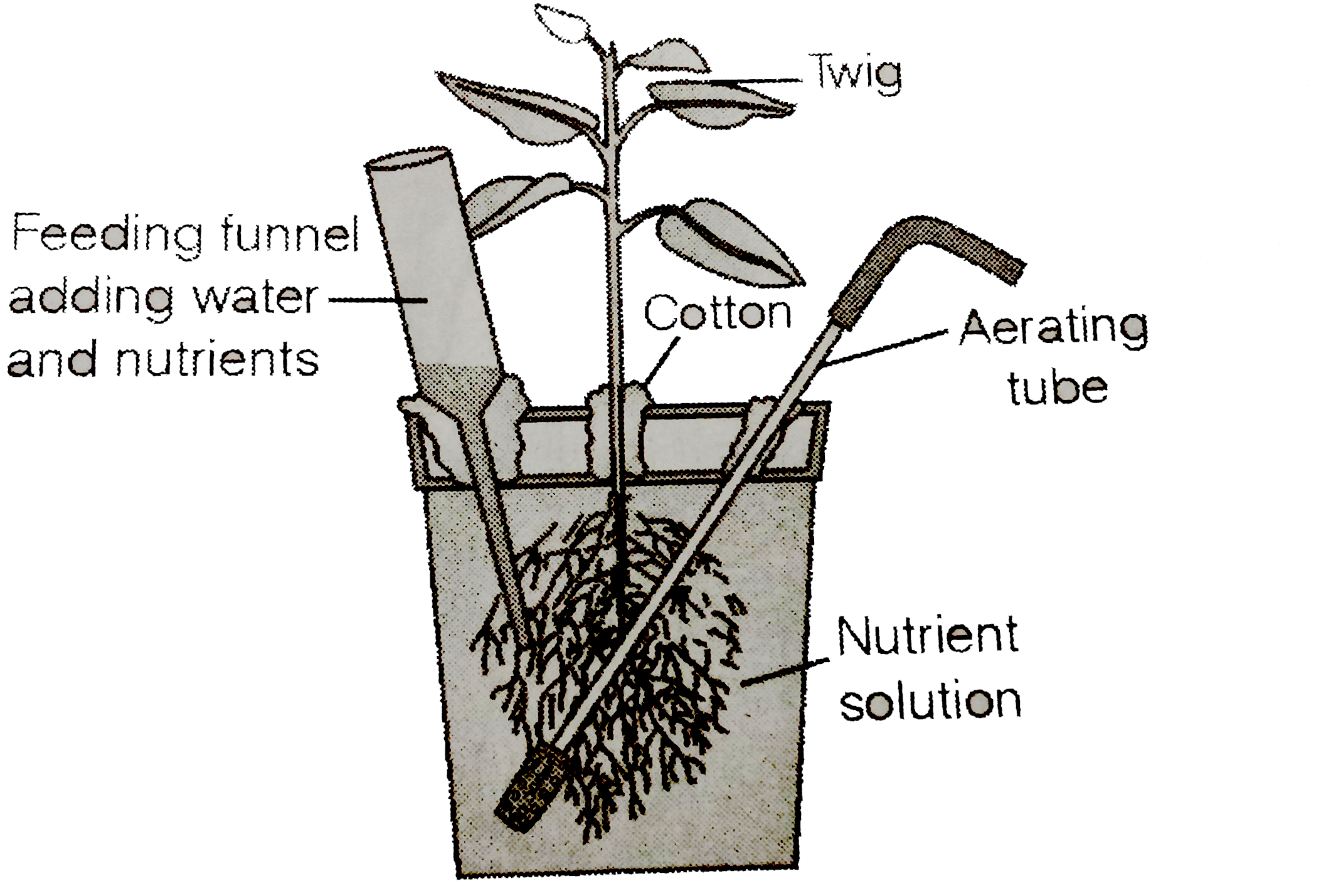The scientist who developed the technique of keeping tissues and organs alive outside the body is
(a) Ringer
(b) Cannon
(c) Lorenz
(d) Binning and Rohrer.
The correct Answer is:A
Step-by-Step Solution:
1. Understanding the Question: The question asks for the scientist who developed the technique of keeping tissues and organs alive outside the body. This involves identifying the scientist associated with a significant contribution to organ preservation or in vitro studies.
2. Analyzing the Options:
- Option A: Ringer (Sidney Ringer): He was a physiologist and pharmacologist known for inventing the Ringer solution, which is crucial for organ transplantation and in vitro studies.
- Option B: Cannon: He studied the fight or flight response, which is unrelated to organ preservation.
- Option C: Lawrence: He focused on animal behavior, which does not pertain to the question.
- Option D: Binning and Rohrer: They contributed to the discovery of microscopy, which is not relevant to keeping tissues and organs alive.
3. Identifying the Correct Answer: Based on the analysis, Sidney Ringer is the scientist who developed the Ringer solution, which is used to keep tissues and organs alive outside the body. Therefore, the correct answer is Option A: Ringer.
4. Understanding the Ringer Solution: The Ringer solution contains essential components like sodium chloride, potassium chloride, calcium chloride, sodium bicarbonate, and magnesium sulfate, which help maintain osmotic balance and provide nutrients to the tissues.
5. Conclusion: The scientist who developed the technique for keeping tissues and organs alive outside the body is Sidney Ringer.
---
- Option A: Ringer (Sidney Ringer): He was a physiologist and pharmacologist known for inventing the Ringer solution, which is crucial for organ transplantation and in vitro studies.
- Option B: Cannon: He studied the fight or flight response, which is unrelated to organ preservation.
- Option C: Lawrence: He focused on animal behavior, which does not pertain to the question.
- Option D: Binning and Rohrer: They contributed to the discovery of microscopy, which is not relevant to keeping tissues and organs alive.
Topper's Solved these Questions
- HUMAN EVOLUTIONBOOK - DINESH PUBLICATION ENGLISHCHAPTER - HUMAN EVOLUTIONEXERCISE - Check Your Grasp
10 Videos
- GROWTH, REPAIR, REGENERATION AND AGEINGBOOK - DINESH PUBLICATION ENGLISHCHAPTER - GROWTH, REPAIR, REGENERATION AND AGEINGEXERCISE - Brain Teasers-VI[B]
6 Videos
- HUMAN HEALTH AND DISEASEBOOK - DINESH PUBLICATION ENGLISHCHAPTER - HUMAN HEALTH AND DISEASEEXERCISE - CHECK YOUR GRASP
17 Videos
Similar Questions
Knowledge Check
Animals that have three layers of embryonic tissue and have one solid mass of tissue rather than tissues and organs nestled inside a body cavity are :
AacoelomateBeucoelomateCpseudocoelomateDcoelomate
Name the scientists who developed electron microscope.
View SolutionCarefully observed the following figure

(a) Name the technique shown in the figure and the scientist who demonstrated this technique for the first time.
(b) Name atleast three plants for which this technique can be employed for their commercial production.
(c) What is the significance of aerating tube and feeding funnel in this setup ?
View SolutionName the scientist who developed some new varieties of wheat in Mexico.
View SolutionWho could grow tomato roots successfully and develop the technique of tissue culture of rthe first time ?
View SolutionThis scientist who observed that human being has more than 180 vestigial organs
View SolutionThe Swedish botanist who developed a way to organize and name plants and animals
View SolutionSyngamy can occur outside the body of the organism in
View Solution
